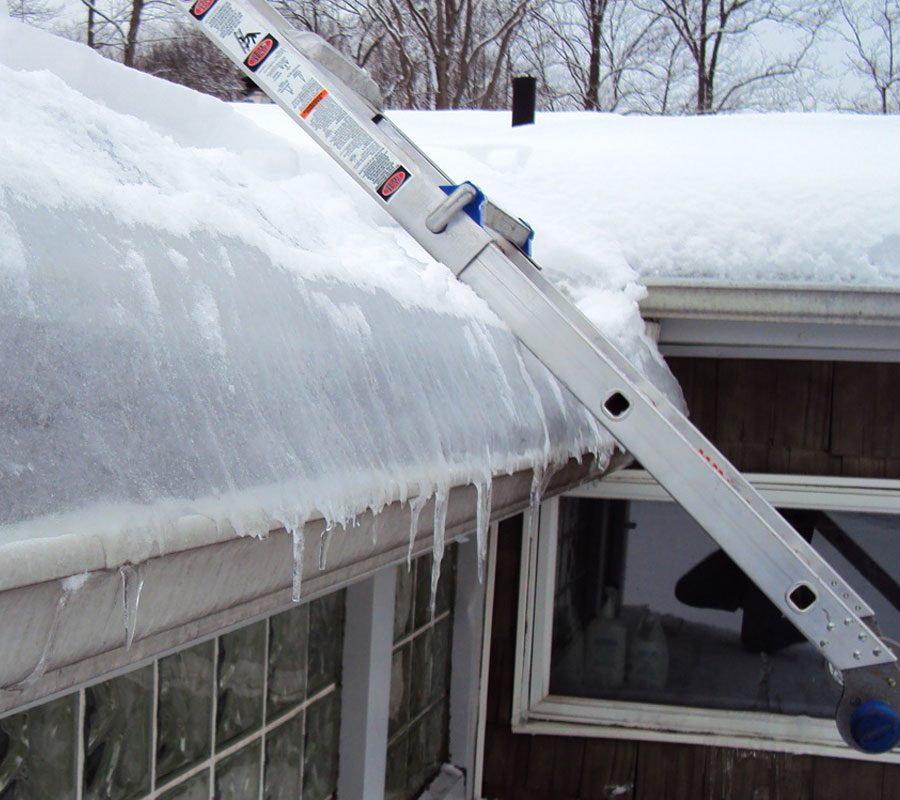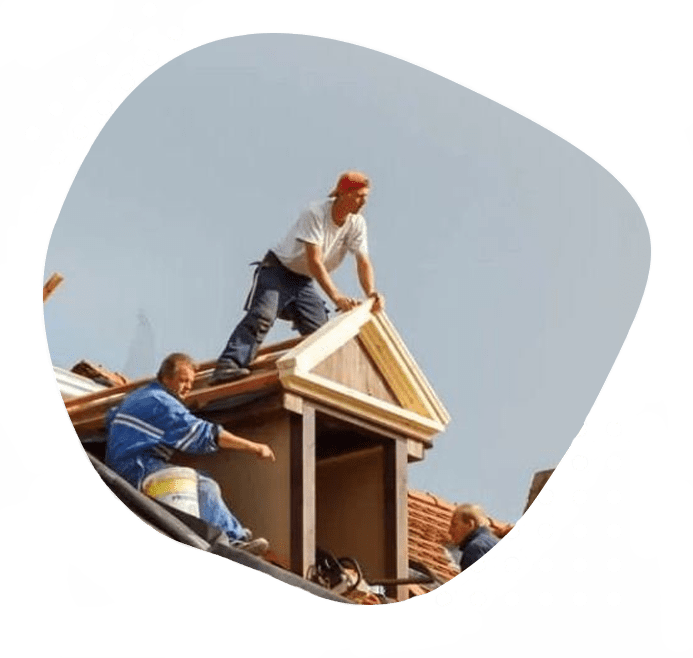How to Get Rid of Ice Dams Fast Blow in Cold Air
Hacking away at ice dams with a hammer, chisel, or shovel is bad for your roofing—and dangerous for you. And throwing salt on them will do more harm to your plantings than to the ice. Short of praying for warm weather, here are stop-gap measures we recommend.
1. Ventilate Eaves And Ridge.
A ridge vent paired with continuous soffit vents circulates cold air under the entire roof. Both ridge and soffit vents should have the same size openings and provide at least 1 square foot of opening for every 300 square feet of attic floor. Place baffles at the eaves to maintain a clear path for the airflow from the soffit vents.
2. Cap the Hatch.
An unsealed attic hatch or whole-house fan is a massive opening for heat to escape. Cover them with weatherstripped caps made from foil-faced foam board held together with aluminum tape.
3. Exhaust to the Outside.
Make sure that the ducts connected to the kitchen, bathroom, and dryer vents all lead outdoors through either the roof or walls, but never through the soffit.
4. Add Insulation.
More insulation on the attic floor keeps the heat where it belongs. To find how much insulation your attic needs, check with your local building department.
5. Install Sealed Can Lights.
Old-style recessed lights give off great plumes of heat and can’t be insulated without creating a fire hazard. Replace them with sealed “IC” fixtures, which can be covered with insulation.
6. Flash Around Chimneys.
Bridge the gap between the chimney and house framing with L-shaped steel flashing held in place with unbroken beads of a fire-stop sealant. Using canned spray foam or insulation isn’t fire safe.
7. Flash Around CSeal and Insulate Ducts.
Spread fiber-reinforced mastic on the joints of HVAC ducts and exhaust ducts. Cover them entirely with R-5 or R-6 foil-faced fiberglass.himneys. Bridge the gap between the chimney and house framing with L-shaped steel flashing held in place with unbroken beads of a fire-stop sealant. Using canned spray foam or insulation isn’t fire safe.
8. Caulk Penetrations.
Seal around electrical cables and vent pipes with a fire-stop sealant. Also, look for any spots where the light shines up from below or the insulation is stained black by the dirt from passing air.



